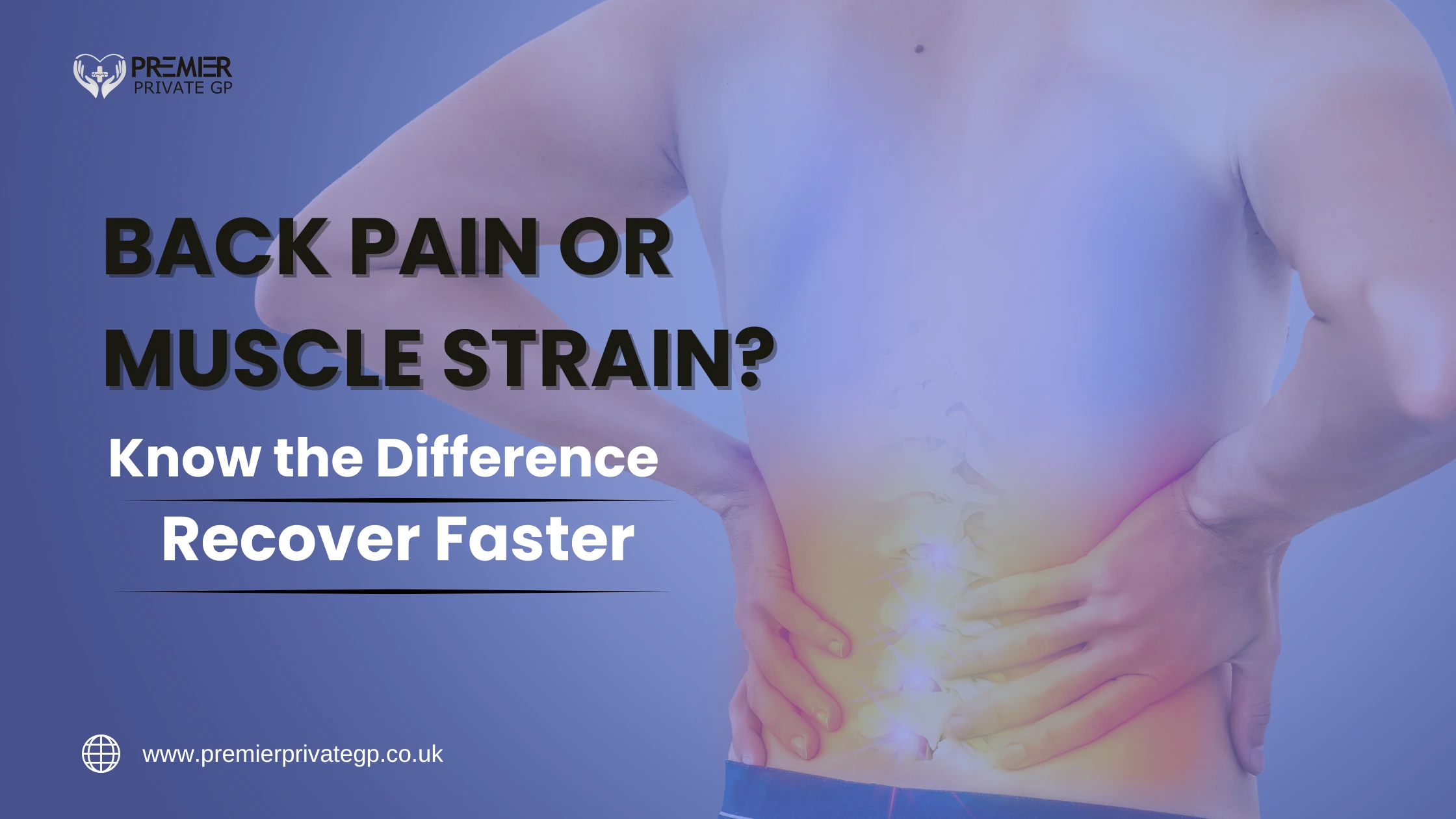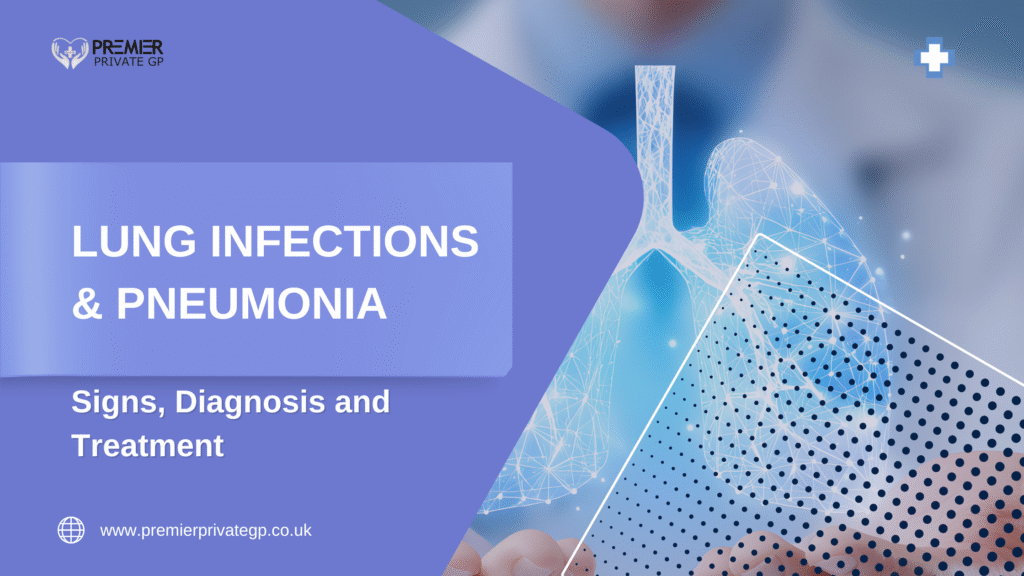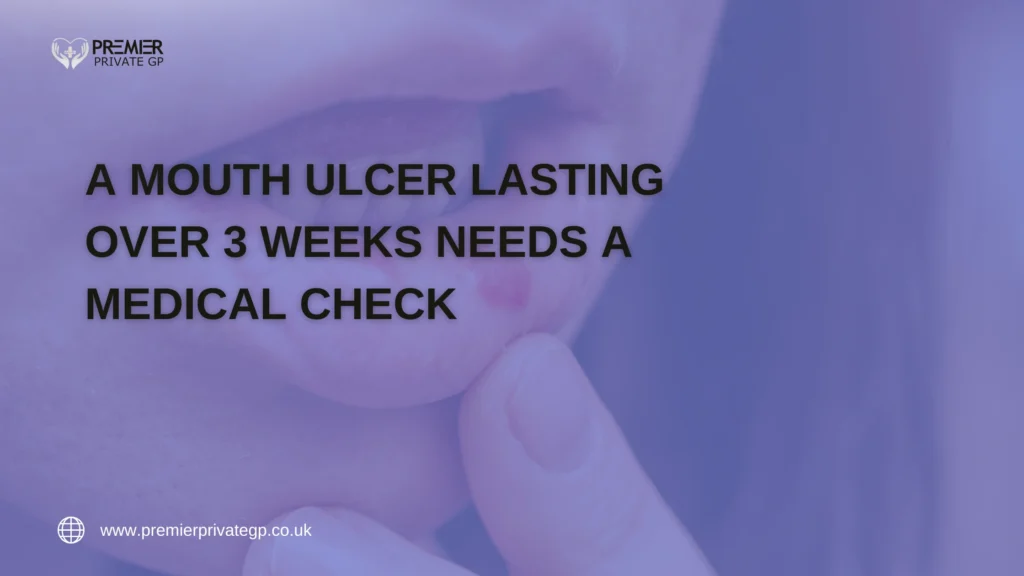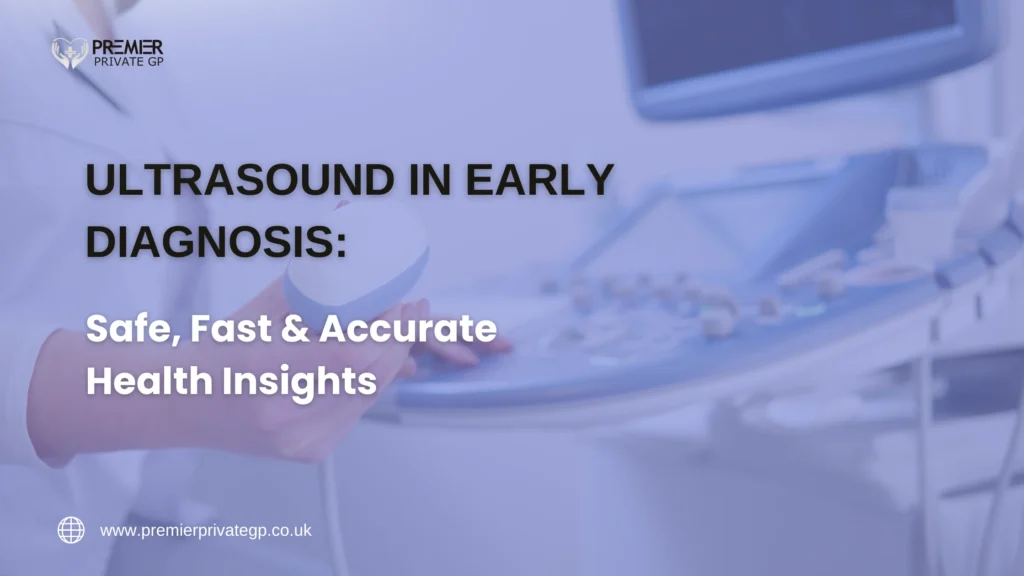We’ve all been there, right? That sudden twinge when you pick up something heavy or wake up with a sore aching back that is so stiff. But do you know whether it is only back pain or a pulled muscle that requires more attention? Knowing that difference can lead to a quicker recovery and prevent the development of a long term problem.
We see patients every week struggling to tell the difference. The thing is, it is not exactly that you do not know what your back pain aims at explaining to you, that would make a huge impact on your recovery, and the possibility to prevent the recurrence in the future.
Visit our Joint pain clinic for your back pain and joint concerns and get relief.
What Causes a Pulled Back Muscle or Lumbar Strain?
Your back is supported by a complex network of muscles, tendons, and ligaments. When these tissues become overstretched or torn usually in the course of lifting, twisting, or even long sitting, it gives what the doctors refer to as a lumbar strain or pulled back muscle.
These strains are minor at times. You may feel mild discomfort and stiffness that improves with rest. But in more serious cases, inflammation and muscle spasms can limit movement and cause sharp pain on one or both sides of your lower back.
There is a complex network of muscles, tendons and ligaments that help to stabilise your back. Once these tissues get stretched out or ripped (which often occurs during lifting, twisting or even sitting down long enough), the result is what the doctors refer to as a lumbar strain or pulled back muscle.
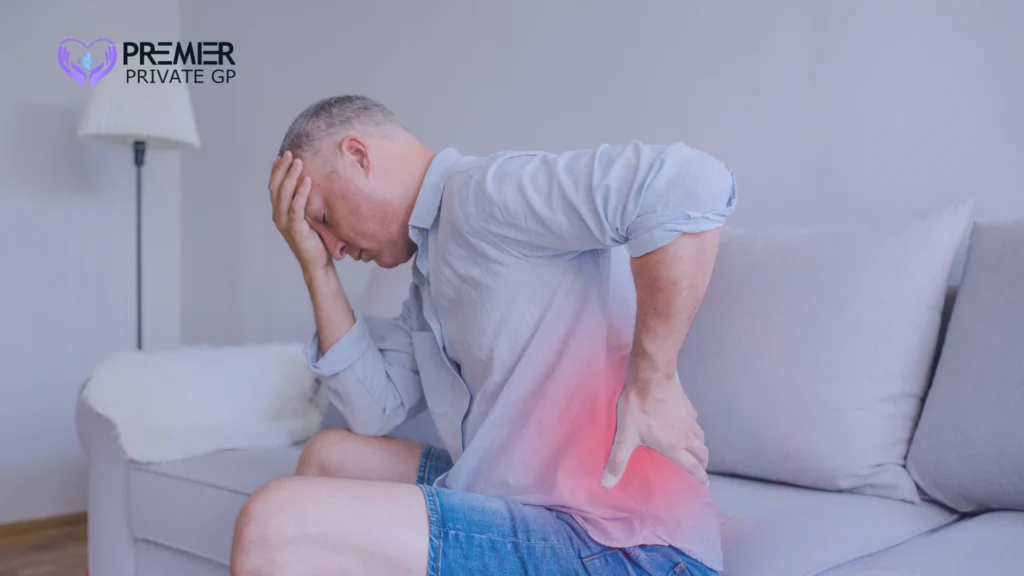
In some cases, these strains are small. You can experience some mild discomfort and stiffness which can be relieved by rest. However, more severe ones include inflammation and muscle spasms that make movement difficult and bring out sharp pains either on one side or both sides of your lower back.
According to the NHS, back strains are among the most common causes of short-term back pain in adults but when it is left untreated, it can lead to chronic discomfort.
How to Tell if Your Back Pain Is Serious?
If your pain radiates down your legs, feels like pins and needles, or causes weakness, it may indicate a disc issue or nerve compression. That’s when you are supposed to book an appointment with a GP.
At Premier Private GP, our clinicians assess each patient carefully whether the cause is a lower back strain, lumbar sprain, or possible herniated disc. We use a mix of physical examination, movement assessment, and imaging (if needed) to make sure nothing more serious is overlooked.
Common Causes of Lower Back Strain
While overexertion is the leading culprit, there are several triggers that can lead to a low back strain:
- Lifting heavy weights incorrectly
- Sudden twisting motions
- Poor posture at work
- Weak core muscles
- Sedentary lifestyle
Sometimes, even something as simple as coughing or sneezing can aggravate a pre-existing muscle injury. That’s why early diagnosis and proper management matter.
Even the simplest actions, such as coughing or sneezing, may sometimes cause the already existing muscle injury. This is the reason why it is important to diagnose and manage early.
How to Treat a Strained or Pulled Back Muscle
When you have just strained your back the first thing you need to do is to rest, but not too long. Total bed rest can actually slow recovery.
At Premier Private GP, our clinicians recommend the RICE method with a personalised treatment plan for early recovery:
- Rest: Take a short break from strenuous activity, but try to stay lightly mobile.
- Ice: Apply a cold compress for 15–20 minutes several times a day to reduce inflammation.
- Compression: Use a supportive back wrap if needed.
- Elevation: Keep in the supine position with your knees slightly elevated to decongest the pressure.
To treat moderate or chronic pain, your GP may recommend anti-inflammatory medicine or may refer you to physiotherapy in order to strengthen the back and regain back flexibility.
Tip: Gentle stretching and low-impact exercises, once pain allows, are key to preventing stiffness and speeding up healing.
Recovery Turnaround Time
Mild strains of back muscles normally recover in a period of two weeks to a few days. More serious lumbar strains can require a longer period of time, as long as six weeks or more, depending on the injury.
Constant pains, particularly when it extends to the legs or whether it is severe at night are not to be ignored by a medical practitioner. Such signs can be neglected and result in chronic back pain.
How to Prevent Future Back Strains
Once you’ve recovered, focus on prevention because the best treatment is avoiding reinjury altogether.
Here’s what we tell our patients:
- Maintain good posture, especially at your desk.
- Warm up properly before exercising.
- Strengthen your core and lower back muscles regularly.
- Avoid lifting heavy objects alone.
- Take frequent breaks from sitting.
In case of workload or a sedentary lifestyle, regular back pain check-ups may be performed to prevent the strain and early problems may be prevented.
When to See a Doctor
You should contact a doctor in case you observe:
- Chronic pain over a period of over a week.
- Numbness or tingling down your legs
- Severe pain after injury or fall
- Pain that wakes you up at night
At Premier Private GP, our experienced clinicians offer same-day appointments and private referrals for imaging or specialist review if needed.
FAQs
How do you know if back pain is muscle or disc?
A sharp, localised and painful, only to be made worse by movement, indicates a pulled muscle. But if pain radiates down your leg or causes numbness, it may involve a disc issue, book a GP appointment for diagnosis.
What are the symptoms of a strained upper back?
It is usually characterized by tenderness, stiffness and slight swelling of the shoulder blades. You can experience tightening of the muscles as well when turning or lifting the arms.
How to heal a pulled back muscle overnight?
There’s no instant fix but yes a gentle stretching, rest, and applying ice before sleep can ease symptoms overnight.
How to relieve severe lower back pain?
Switch between cold and heat, be lightly active, and take over-the-counter painkillers when it has been recommended to you by your GP. A clinician should be always watchful of persistent pain.
Get Personalised Back Pain Treatment in Surrey
A mild strain or recurring back pain it is, our GPs at Premier Private GP, Bagshot, provide expert evaluation, diagnostic imaging, and tailored treatment plans all in one place.
Book your same-day appointment for back pain or muscle strain.
